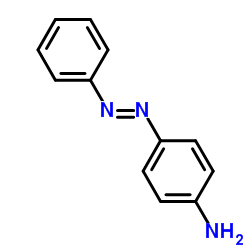| Structure | Name/CAS No. | Articles |
|---|---|---|
 |
Sodium dichromate dihydrate
CAS:7789-12-0 |
|
 |
Aniline Yellow
CAS:60-09-3 |
|
 |
Basic Orange 2
CAS:532-82-1 |